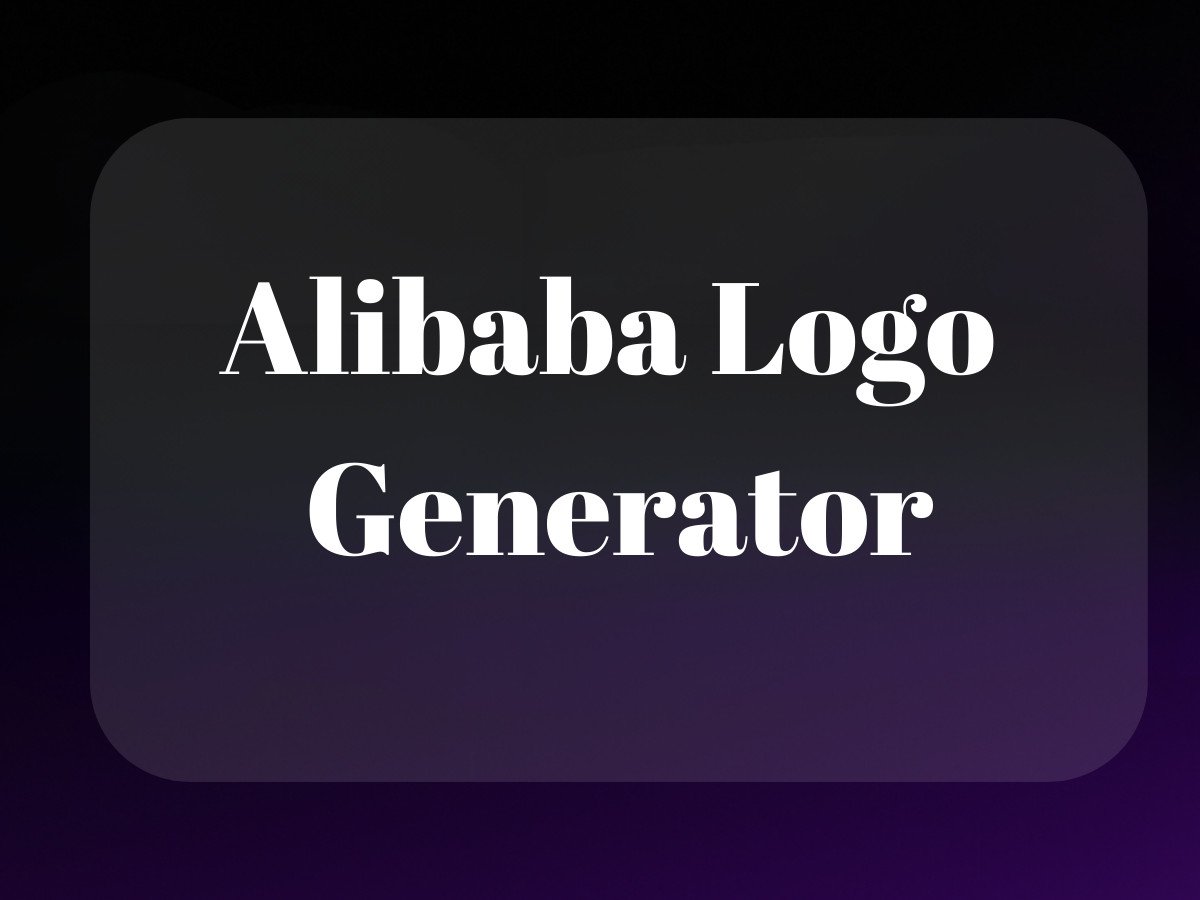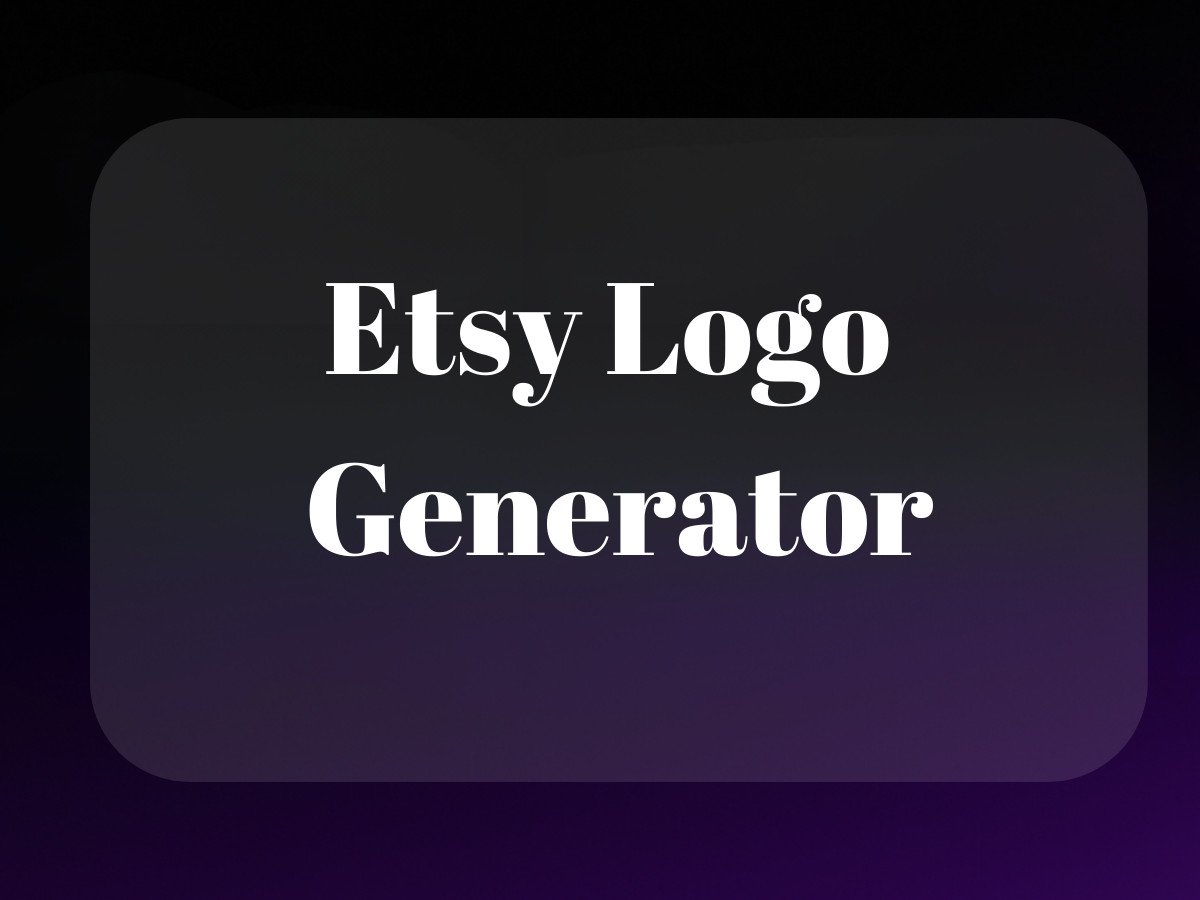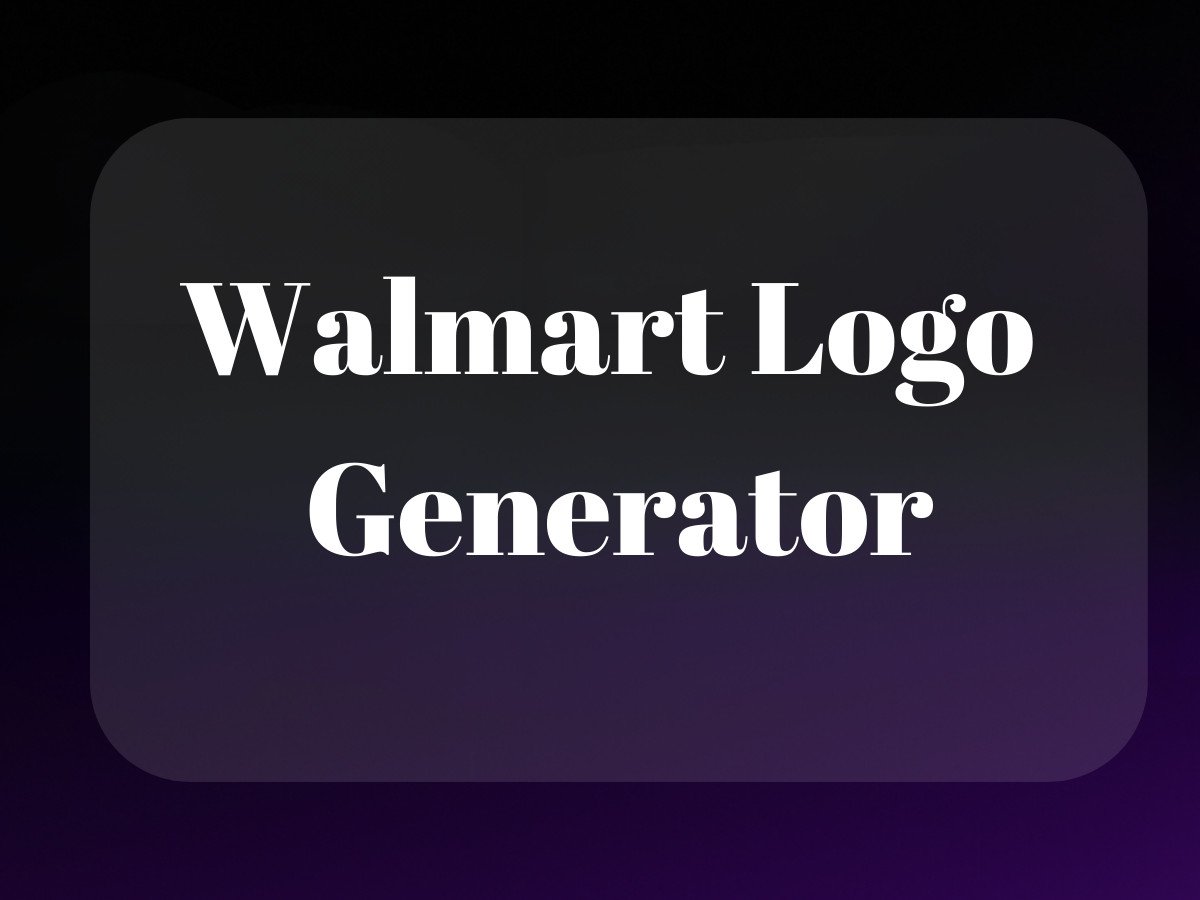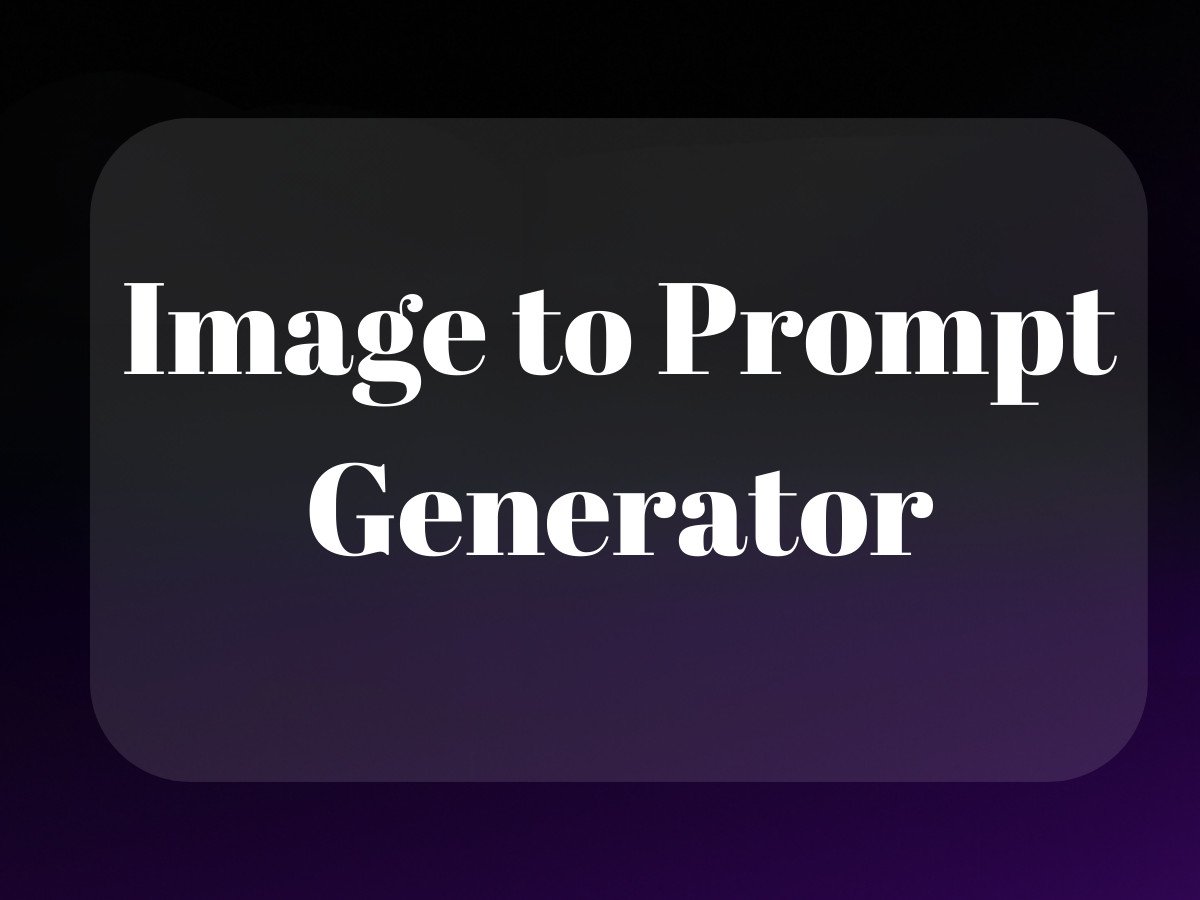Remember when getting published meant endless rejection letters and hoping some gatekeeper would finally give your manuscript a chance? Those days feel as distant as dial-up internet now. Amazon KDP has done to publishing what YouTube did to television – blown the doors wide open for creators.
I’ve spent the last decade watching the self-publishing landscape evolve, and let me tell you – we’re living in wild times. Back in 2007, when Amazon first launched what they called the “Digital Text Platform” (which later became KDP), nobody could have predicted how it would transform the publishing industry. It’s like watching Netflix destroy Blockbuster, except this time, the traditional publishing houses are still trying to figure out what hit them.
What Exactly is Amazon KDP?

At its core, Amazon KDP (Kindle Direct Publishing) is a platform that lets anyone – yes, literally anyone – publish their books directly to the Amazon marketplace. Think of it as your personal publishing house, minus the fancy Manhattan office and three-martini lunches. You get to be the author, publisher, and marketing department all rolled into one.
But here’s what makes it truly fascinating: KDP isn’t just about ebooks anymore. Since 2016, they’ve offered paperback printing through their print-on-demand technology, and in 2021, they added hardcover options. It’s like having a mini printing press that springs into action only when someone orders your book – no more gathering dust in warehouses or dealing with minimum print runs.
The Evolution of Self-Publishing
Remember when self-publishing was considered the last resort of desperate writers? (If you’re old enough to remember vanity publishing, you know what I’m talking about.) KDP changed all that. Now, authors are making strategic choices to self-publish first, even after getting traditional publishing offers. Why? Because the math often makes more sense.
Here’s something wild: Amazon KDP paid out over $260 million in royalties in 2018, jumping to more than $300 million in 2019. That’s not pocket change – that’s a fundamental shift in how creative content gets monetized. And the best part? They support 44 different languages, making it a truly global platform for authors.
Getting Started with Amazon KDP: The Nuts and Bolts
Let’s cut through the noise and get to what really matters – how to actually get started with KDP. Because let’s face it, having a brilliant idea for a book is one thing, but navigating the technical aspects of self-publishing? That’s where most people hit their first wall.
Setting Up Your KDP Account
First things first – you need an Amazon KDP account. Head over to kdp.amazon.com (your Amazon KDP login will be the same as your regular Amazon account if you have one). The registration process is pretty straightforward, but there are a few crucial pieces you’ll need to sort out:
- Tax information (yes, Uncle Sam wants his cut)
- Payment method (where your royalties will go)
- Author information (your pen name, if you’re using one)
- Bank account details (for those sweet, sweet royalty deposits)
Understanding Your Publishing Options
This is where things get interesting. When you’re ready to publish, you’ve got three main formats to choose from: ebook, paperback, or hardcover. Each has its own specifications and requirements, but here’s the thing most people don’t realize – you can (and probably should) publish in multiple formats.
The KDP bookshelf is where all your published works live. Think of it as your virtual library shelf, except instead of collecting dust, these books are actively making you money. From here, you can track sales, make updates, and manage your entire catalog.
The Technical Side: Don’t Let It Scare You

Let’s talk about the nuts and bolts of Amazon KDP publishing—because honestly, this is where most authors either shine or stumble. And trust me, after helping countless brands and creators navigate this space, I’ve seen both spectacular successes and face-palm moments.
File Formats and Specifications: The Foundation of Your KDP Success
Remember that intern analogy I love using for AI? Well, think of Amazon’s KDP platform as that super-detail-oriented intern who won’t process your manuscript unless everything is exactly right. And I mean exactly.
Here’s what KDP accepts (and actually prefers):
– Word documents (.doc or .docx)
– KPF files (created with Kindle Create)
– HTML files (for the tech-savvy folks)
– EPUB files (the gold standard for ebooks)
– PDF files (primarily for print books)
But here’s where it gets interesting—and where I see most first-time authors trip up. Just because KDP accepts these formats doesn’t mean they’ll all work equally well. It’s like trying to fit a square peg in a round hole; technically possible, but why make life harder?
The Kindle Create Tool: Your Secret Weapon
In 2017, Amazon dropped what I consider one of their most underrated tools: Kindle Create. It’s basically like having a professional book formatter in your pocket. The tool transforms your messy Word docs into properly formatted Kindle books, handling all those pesky details like table of contents, page breaks, and font sizing.
Here’s what makes Kindle Create particularly powerful:
– Automatic chapter detection
– Built-in themes for different book genres
– Preview functionality for multiple devices
– Direct KDP upload capability
But there’s a catch (isn’t there always?). Kindle Create can be somewhat rigid in its formatting options. It’s like working with that brilliant but slightly inflexible colleague—you’ll get great results, but you’ll need to play by their rules.
Quality Control and Standards: Don’t Skip This Part
Listen, I get it. After spending months (or years) writing your book, the last thing you want to hear about is quality control. But this is where the rubber meets the road in terms of both sales and reader satisfaction.
Amazon’s content guidelines aren’t just suggestions—they’re more like the laws of physics in the KDP universe. Break them, and your book either won’t publish or might get taken down later. And trust me, that’s not a fun email to receive.
Key quality checkpoints include:
– Copyright verification (yes, they check)
– Content appropriateness (they have specific guidelines)
– Formatting consistency
– Image resolution (300 DPI minimum for print)
– Cover design requirements
Financial Aspects: Making Money with Amazon KDP
Now we’re getting to the good stuff—the part where your creative work turns into actual income. And contrary to what some might tell you, there’s real money to be made here if you play your cards right.
Pricing Strategies That Actually Work
I’ve seen authors price their books everywhere from $0.99 to $200 (yes, that’s the actual range KDP allows). But successful pricing isn’t about picking a random number—it’s about strategy.
The sweet spots I’ve observed:
– Fiction ebooks: $2.99 – $9.99
– Non-fiction ebooks: $7.99 – $14.99
– Print books: $14.99 – $24.99
– Technical or specialized books: $29.99 – $49.99
But here’s the thing about pricing—it’s not just about the number. It’s about perceived value, market positioning, and your overall strategy. Leveraging Amazon’s Vine Program can also be a game-changer for gaining early reviews and boosting credibility, especially for new authors. Are you going for volume with lower prices? Or positioning yourself as a premium author with higher prices?
Understanding KDP’s Royalty Structure
This is where things get interesting. Amazon offers two royalty rates: 35% and 70%. But like everything in life, there’s more to it than just picking the higher number.
The 70% royalty option sounds amazing (and it is), but it comes with conditions:
– Book price must be between $2.99 and $9.99
– Price must be at least 20% lower than physical version
– Available only in certain territories
– File size delivery costs are deducted
The 35% option, while lower, has fewer restrictions and might actually make more sense for certain books, especially those priced outside the $2.99-$9.99 range.
The KDP Select Program: Worth It or Not?
Let’s talk about KDP Select—Amazon’s “exclusive” program that’s either a golden opportunity or a golden handcuff, depending on who you ask.
What KDP Select Really Offers
Think of KDP Select as Amazon’s VIP room. You get special perks, but you can’t party anywhere else. Much like the debate between selling on Walmart vs Amazon, exclusivity comes with trade-offs—wider exposure versus platform-specific benefits. The exclusivity period is 90 days, and it automatically renews unless you opt out.
The benefits include:
– Enrollment in Kindle Unlimited
– Access to the Kindle Owners’ Lending Library
– Promotional tools like Free Book Promotions
– Countdown Deals
But remember—exclusivity means your ebook can’t be sold anywhere else during this period. Not on your website, not on other platforms, nowhere. Physical books aren’t affected by this restriction.
The Numbers Game: KDP Select Earnings
Here’s where it gets really interesting. Instead of a straight per-book royalty, Kindle Unlimited pays based on pages read. The rate? It fluctuates monthly based on the KDP Select Global Fund, but typically ranges from $0.004 to $0.005 per page read.
Do the math:
– 300-page book
– $0.0045 per page read
– Full read = $1.35 in royalties
This might seem low compared to a regular sale, but here’s the kicker—readers are more likely to try your book if they’re not paying extra for it. It’s like the difference between a paid app and a free one with in-app purchases.
Making the Most of KDP Select
If you do opt for KDP Select, here’s how to maximize its potential:
– Use your free promotion days strategically
– Time your Countdown Deals with your marketing efforts
– Engage with the Kindle Unlimited community
– Track your pages read to identify patterns
The key is understanding that KDP Select isn’t just about exclusivity—it’s about leveraging Amazon’s massive ecosystem. Think of it as trading short-term flexibility for potentially greater visibility and earnings.
Marketing and Promotion: Because Great Books Don’t Sell Themselves
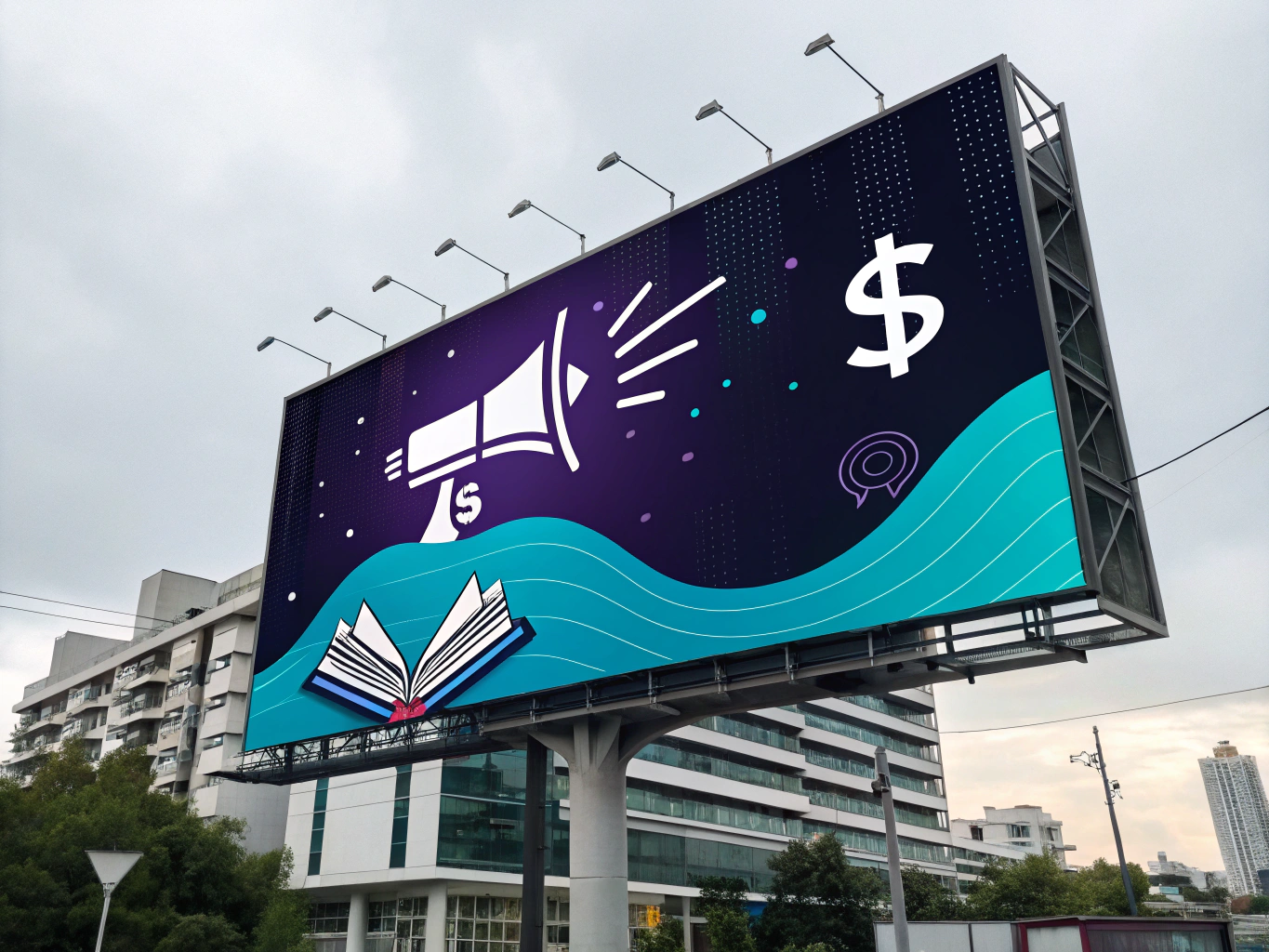
You could write the next great American novel, but without proper marketing, it might as well be invisible in Amazon’s vast catalog. Let’s fix that.
Amazon’s Built-in Marketing Tools
Amazon gives you several powerful marketing tools, but like any tool, they’re only as good as the person using them. Here’s what you’ve got to work with:
Amazon Advertising (formerly AMS):
– Sponsored Products
– Lockscreen Ads
– Category Targeting
– Custom Audience Targeting
Author Central:
– Author profile customization
– Blog feed integration
– Event listing
– Sales tracking dashboard
External Marketing Strategies That Actually Move Books
Here’s where most authors either thrive or dive. Your marketing strategy needs to extend beyond Amazon’s ecosystem. Think of it as creating multiple paths that all lead to your book’s Amazon page. Using competitor intelligence software can help you analyze bestselling authors in your niche, refine your pricing strategy, and optimize your marketing efforts for better visibility.
Social Media Strategy:
– Platform selection (focus on 2-3 max)
– Content calendar creation
– Engagement tactics
– Paid promotion options
Email Marketing:
– List building strategies
– Launch sequence planning
– Regular engagement
– Cross-promotion opportunities
Website Integration:
– Landing page optimization
– Blog content strategy
– Email capture setup
– Sales funnel development
Analytics and Performance Tracking
You can’t improve what you don’t measure. Amazon provides robust analytics through your KDP dashboard, but understanding what those numbers mean is crucial.
Key metrics to track:
– Daily sales trends
– Page reads (for KDP Select)
– Advertising cost of sale (ACoS)
– Conversion rates
– Review velocity
The trick isn’t just collecting this data—it’s using it to make informed decisions about your marketing strategy. Think of it as having a GPS for your book’s journey to success.
Advanced Strategies for Amazon KDP Success
Let’s talk about what separates the authors who make a decent living on KDP from those who barely cover their coffee expenses. Because here’s the thing – the platform itself is just a canvas. What you paint on it? That’s entirely up to you.
Going Global: Because Readers Don’t Just Speak English
Remember when we thought the internet would make the world smaller? Well, KDP actually delivered on that promise. I’ve seen romance authors crushing it in Germany, tech writers finding unexpected audiences in Japan, and children’s book creators building loyal followings in Brazil.
The secret sauce? Translation. But not just any translation – we’re talking culturally-aware adaptations. It’s like trying to explain American football to a cricket fan – you need context, not just words. Amazon KDP supports 44 languages, and each one represents a potential new revenue stream.
Multi-Format Publishing: Playing the Full Field
Think about it like this: your book is like a startup’s product. You wouldn’t launch just one version and call it a day, right? The same goes for your book. Here’s how the smart players are doing it:
- eBook for the digital natives
- Paperback for the traditionalists
- Hardcover for the collectors
- Audiobook through ACX for the commuters
Each format isn’t just a different way to consume your content – it’s a different revenue stream. And with KDP select, you’re adding yet another layer with Kindle Unlimited readers.
The Financial Game: Making Amazon KDP Worth Your Time
Let’s cut through the noise about making millions overnight on KDP Amazon. Could it happen? Sure. Is it likely? About as likely as your cat learning to code. But here’s what actually works:
Strategic Pricing That Actually Makes Sense
The 70% royalty option sounds amazing (and it is), but it’s not always the best choice. I’ve seen authors experiment with the 35% option for volume plays, especially in markets where $0.99 books still have cultural cache. Your KDP bookshelf analytics will tell you what’s working – trust the data, not your gut.
The KDP Select Gambit
Here’s where it gets interesting. The kindle direct publishing login page might look the same, but what happens after you enroll in KDP Select can be game-changing. The per-page-read model introduced in 2015 changed everything. Some authors make more from Kindle Unlimited reads than direct sales.
Future-Proofing Your KDP Business

The self-publishing landscape is shifting faster than AI can generate book covers (and yes, that’s pretty fast). Here’s what’s coming down the pike:
AI Integration and Automation
Look, I’m not suggesting AI will write your next bestseller (though it might help with your blurb). But tools for editing, formatting, and marketing? They’re getting smarter by the day. The question isn’t if you should use them, but how to use them without losing your authentic voice.
Community Building: The Secret Weapon
Want to know how to sell books on amazon consistently? Build a community. The most successful authors I know don’t just write books – they build relationships. They’re active on Goodreads, run engaging email lists, and treat their readers like valued members of their journey.
Legal and Ethical Considerations: The Stuff Nobody Wants to Talk About
Is Amazon KDP free to use? Yes. Is it free of responsibilities? Not even close. Let’s talk about the elephant in the room – the growing pains of the platform:
Content Quality and Plagiarism
The barrier to entry for amazon kindle direct publishing is low – maybe too low. We’ve seen an uptick in plagiarism cases, content farms, and quality issues. Your responsibility? Don’t be part of the problem. Build a KDP account you can be proud of.
Rights Management in a Digital Age
Understanding your rights isn’t just legal jargon – it’s business survival. When you publish through KDP self publishing, you’re not just an author – you’re a business owner. Act like one.
The Bottom Line: Is Amazon KDP Worth It?
Is Amazon KDP worth it? That’s like asking if starting a business is worth it – it depends entirely on what you put into it. The platform isn’t perfect, but it’s democratized publishing in ways that were unimaginable just fifteen years ago.
Here’s what I tell everyone who asks me about what is Amazon KDP: It’s a tool, not a magic wand. How does Amazon KDP work? It works as hard as you do. The authors who succeed aren’t just good writers – they’re savvy entrepreneurs who understand that publishing is a business.
Final Thoughts: Your KDP Journey
Whether you’re wondering how to publish a book on amazon for free or how to publish a book on amazon and make money, remember this: The platform is just the beginning. Your success depends on treating your writing like a business, your readers like community members, and your books like products that solve problems or fulfill needs.
The future of self-publishing is bright, but it belongs to those who adapt, learn, and keep pushing forward. The question isn’t whether you can succeed on KDP – it’s whether you’re willing to put in the work to make it happen.
And hey, if you’re still wondering what is an Amazon KDP account – it’s your ticket to joining this revolution in publishing. Just remember: The best time to start was yesterday. The second best time is now.
Related Articles:
- Amazon KDP Login: Essential Steps to Start Publishing
- KDP Amazon Publishing: A Beginner’s Guide to Success
- Amazon Print on Demand: A Beginner’s Guide to Success
Frequently Asked Questions
What is Amazon KDP?
Amazon KDP, or Kindle Direct Publishing, is a self-publishing platform offered by Amazon that allows authors to publish their books in digital and print formats. It provides an accessible way for writers to reach a vast audience through Amazon’s global online marketplace, making it possible to publish without the need for traditional publishing houses.
How does Amazon KDP work?
Amazon KDP works by allowing authors to upload their manuscripts and cover designs to the platform, which then formats the book for Kindle devices and the Amazon store. Authors can set their prices, choose royalty options, and decide on distribution rights, while Amazon handles the sales, distribution, and customer service aspects.
What is an Amazon KDP account?
An Amazon KDP account is an account that authors create on the Kindle Direct Publishing platform to manage their self-published books. Through this account, authors can upload new content, track sales and royalties, and update book details, all while accessing a suite of tools and resources to optimize their publishing efforts.
Is Amazon KDP free?
Yes, Amazon KDP is free to use, meaning there are no upfront costs associated with publishing a book on the platform. Authors earn money through royalties from the sales of their books, with Amazon taking a percentage of each sale based on the royalty option selected.
Is Amazon KDP worth it?
Amazon KDP can be worth it for authors seeking a straightforward and cost-effective way to publish and distribute their books to a global audience. It provides significant reach and ease of use, but success often depends on factors like marketing, book quality, and targeting the right audience.
About the Author
Vijay Jacob is the founder and chief contributing writer for ProductScope AI focused on storytelling in AI and tech. You can follow him on X and LinkedIn, and ProductScope AI on X and on LinkedIn.
We’re also building a powerful AI Studio for Brands & Creators to sell smarter and faster with AI. With PS Studio you can generate AI Images, AI Videos, Chat and Automate repeat writing with AI Agents that can produce content in your voice and tone all in one place. If you sell on Amazon you can even optimize your Amazon Product Listings or get unique customer insights with PS Optimize.
🎁 Limited time Bonus: I put together an exclusive welcome gift called the “Formula,” which includes all of my free checklists (from SEO to Image Design to content creation at scale), including the top AI agents, and ways to scale your brand & content strategy today. Sign up free to get 200 PS Studio credits on us, and as a bonus, you will receive the “formula” via email as a thank you for your time.


